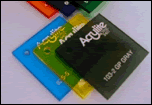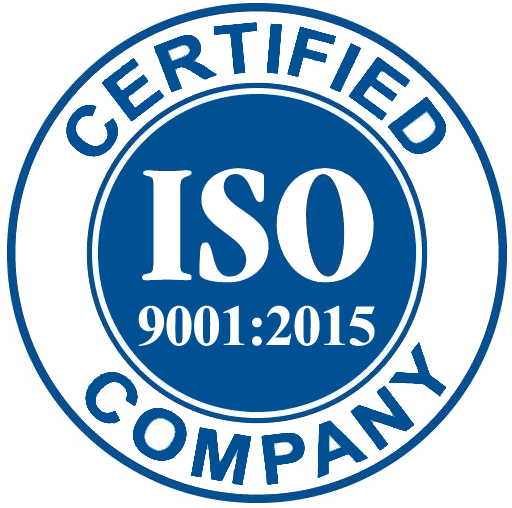Choosing Types of Plastic
Material Selection Criteria
The selection of a material for an application is a very difficult task. Usually one is only able to narrow the selection down to two or three candidates and the final selection is then determined by testing.
The first and most important step in selecting a material from the broad spectrum (steel, aluminum, brass, UHMW, Delrin®, nylon, etc.) is to carefully define the properties required and the environment in which the material will need to perform.
Read more: Material Selection Criteria
Acrylic/Poly STD Thicknesses
READILY AVAILABLE ACRYLIC & POLYCARBONATE SHEET THICKNESS BASED ON 4X8 SHEETS
Although special production runs will be considered by the manufacturers, listed below are what should be considered the general standard thicknesses available when ordering 4’ X 8’ sheets of either acrylic or polycarbonate material. The majority of our sheet material is stocked as 4×8 sheets and cut to the customer’s finished size requirements.
Read more: Acrylic/Poly STD Thicknesses
Acrylic vs Polycarbonate
 ACRYLIC VERSUS POLYCARBONATE
ACRYLIC VERSUS POLYCARBONATE
Sales of acrylic (polymethyl methacrylate) and polycarbonate represent most of the “see thru” plastics that are sold. Both are considered amorphous plastics and generally acrylic is considered a “commodity” plastic while polycarbonate is considered an “engineering” plastic. If the customer is simply concerned with display items, acrylic is usually the best choice since it is relatively easy to bend and/or bond as well as being the lesser expensive of the two. In addition, acrylic is available in a greater multitude of colors.
Read more: Acrylic vs Polycarbonate
Product Description Guide
UHMW-PE: Provides outstanding abrasion resistance and a low coefficient of friction. Impact strength is high and chemical resistance is excellent. UHMW-PE also exhibits a high coefficient of thermal expansion (meaning that the material will expand or swell under increased temperatures). This product is also FDA compliant, however, it will not handle heavy loads or hold tight tolerances.
NYLON 6 (Cast): This nylon exhibits all the properties which generally make NYLON a superior engineering material; high strength, low friction and wear resistance, however, because of the casting process, part size and thickness are almost unlimited without degradation of the internal structure. Cast NYLON is available in a wide variety of FDA approved shapes. It is also available in blue, glass filled and molybdenum disulfide filled grades.

